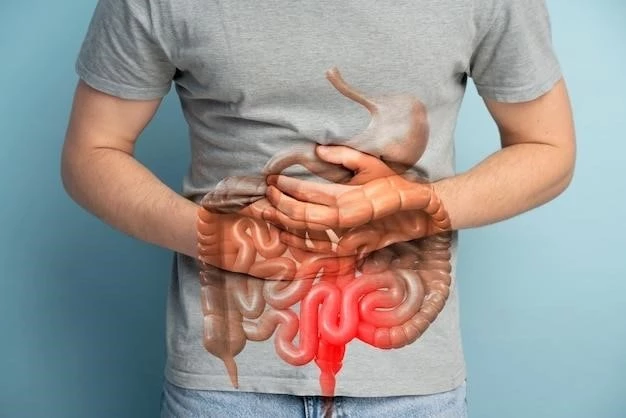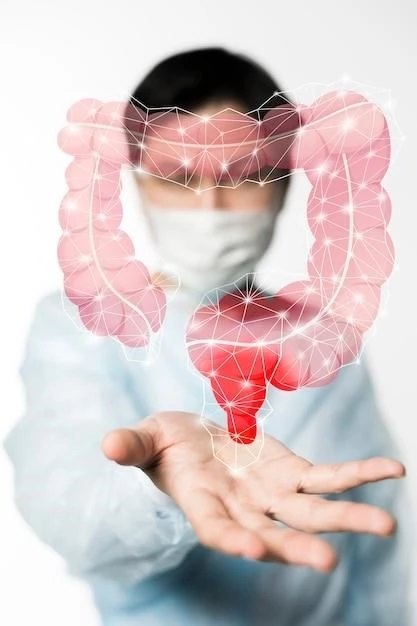Digestive Duplication
Digestive duplication is a rare congenital anomaly affecting the gastrointestinal tract. This condition involves abnormal doubling of a segment of an organ such as the esophagus, stomach, or intestines. Understanding the causes, symptoms, diagnosis, complications, treatment options, post-treatment care, and prognosis for this disorder is crucial for addressing this medical condition.
Understanding Digestive Duplication
Digestive duplication is a rare congenital anomaly where an abnormal duplication of a segment of the gastrointestinal tract occurs during fetal development. This duplication can affect various organs within the digestive system, including the esophagus, stomach, and intestines.
Typically, digestive duplication presents as an additional piece of tissue alongside the normal organ. This abnormality can lead to a range of symptoms depending on the location and size of the duplicated segment. The duplicated tissue may be connected to the normal organ or exist as a separate entity within the digestive tract.
The exact cause of digestive duplication is not entirely understood, but it is believed to result from errors in the early development of the digestive system. This condition is considered rare and can sometimes go undetected until later in life when symptoms manifest or complications arise.
Understanding the complexities of digestive duplication is essential for diagnosing and managing this condition effectively. Further research into the underlying genetic and environmental factors contributing to this anomaly is crucial for developing improved treatment strategies and enhancing patient outcomes.
Causes and Symptoms
The exact causes of digestive duplication are not fully understood, but it is believed to be a result of abnormal development in the early stages of fetal growth. This congenital anomaly occurs when a segment of the gastrointestinal tract is abnormally duplicated, leading to the presence of extra tissue.
Symptoms of digestive duplication can vary depending on the location and size of the duplicated segment. Common symptoms may include abdominal pain, bloating, vomiting, weight loss, blood in the stool, and feeding difficulties in infants. In some cases, the duplication remains asymptomatic and is only discovered incidentally during imaging studies for other conditions.
Complications related to digestive duplication can arise if the duplicated segment causes obstruction, inflammation, or bleeding. These complications may necessitate prompt medical intervention to prevent further issues such as infection or damage to surrounding organs.
Identifying both the causes and symptoms of digestive duplication is crucial for timely diagnosis and effective treatment. Medical professionals rely on a combination of imaging tests, such as ultrasounds, MRIs, and CT scans, to visualize the duplicated segment and assess its impact on the gastrointestinal system.

Diagnosis and Complications
Diagnosing digestive duplication typically involves a combination of medical history review, physical examination, and imaging studies. Medical professionals may utilize imaging tests such as ultrasound, MRI, CT scan, or endoscopy to visualize the duplicated segment and assess its structure and impact on the gastrointestinal tract.
In some cases, a biopsy may be performed to analyze the tissue of the duplicated segment for any abnormalities. Additionally, genetic testing may be recommended to understand if there are any underlying genetic factors contributing to the duplication.
Complications associated with digestive duplication can vary depending on the location and size of the duplicated segment. Common complications include intestinal obstruction, gastrointestinal bleeding, infection, and volvulus (twisting of the intestine). These complications can lead to serious health issues and may require surgical intervention to address.
Early detection of complications related to digestive duplication is crucial to prevent further damage and ensure the best possible outcome for the affected individual. Close monitoring and prompt medical management are essential to mitigate risks and provide appropriate treatment for any associated complications.
Treatment Options
The treatment approach for digestive duplication depends on various factors such as the location of the duplicated segment, the severity of symptoms, and the presence of complications. In many cases, surgical intervention is required to remove the duplicated tissue and repair any associated abnormalities.
Surgical procedures for digestive duplication aim to excise the duplicated segment while preserving the function of the affected organ. The surgical technique employed will depend on the specific location of the duplication and the extent of involvement with surrounding structures.
In some instances where the duplication is small and asymptomatic, a watch-and-wait approach may be adopted, with regular monitoring to ensure the condition does not worsen or lead to complications over time. However, close follow-up with healthcare providers is essential to detect any changes in the duplicated segment.
Postoperative care following surgical removal of the duplicated tissue is essential to promote healing and prevent complications. Patients may require a period of recovery and rehabilitation, during which they will be closely monitored for any signs of infection, bleeding, or other post-surgical issues.
Collaboration between medical professionals, including pediatric surgeons, gastroenterologists, and other specialists, is crucial to develop a comprehensive treatment plan tailored to the individual needs of the patient with digestive duplication. The goal of treatment is to alleviate symptoms, reduce the risk of complications, and improve the overall quality of life for those affected by this rare condition.
Post-Treatment Care and Prognosis
After undergoing treatment for digestive duplication, patients will require careful postoperative care to monitor their recovery and ensure a positive outcome. It is essential for healthcare providers to closely follow up with the patient to address any post-surgical complications and provide support during the healing process.
Patients may need to adhere to specific dietary guidelines or restrictions following surgery to allow the gastrointestinal tract to heal properly. Maintaining a well-balanced diet and staying hydrated are essential for recovery and overall digestive health.
Regular follow-up appointments with healthcare professionals, including surgeons and gastroenterologists, are crucial to evaluate the effectiveness of treatment, monitor for any recurrent symptoms, and address any concerns the patient may have. Imaging studies may be recommended to assess the healing of the surgical site and ensure no complications have arisen.
The prognosis for individuals with digestive duplication varies depending on the specific case, including the location and extent of the duplication, the presence of complications, and the success of treatment. With timely diagnosis and appropriate intervention, many patients experience a positive outcome with resolution of symptoms and improved quality of life.
Support from healthcare providers, as well as family and caregivers, plays a vital role in the post-treatment care and recovery process. Open communication, adherence to medical recommendations, and ongoing monitoring are key components in achieving a successful prognosis for individuals affected by digestive duplication.
Research and Future Developments
Ongoing research in the field of digestive duplication aims to further understand the underlying genetic and environmental factors contributing to this rare congenital anomaly. Advances in imaging technology and molecular genetics have provided valuable insights into the mechanisms that lead to the development of digestive duplications.
Future developments may focus on improving diagnostic methods for early detection of digestive duplications, allowing for prompt intervention and reducing the risk of complications. In addition, research efforts continue to explore innovative surgical techniques that optimize outcomes while minimizing the impact on the patient’s quality of life.
Collaboration among interdisciplinary teams of healthcare professionals, researchers, and patient advocacy groups is critical to advancing knowledge about digestive duplication and enhancing treatment approaches. By sharing expertise and resources, the medical community can work towards improving patient outcomes and developing more tailored therapies for individuals with this condition.
Studies investigating the long-term effects of digestive duplication and the potential for recurrence or associated health risks are also important areas of focus in research. Understanding the prognosis and quality of life considerations for individuals who have undergone treatment for digestive duplication can further inform care strategies and support services.
Ultimately, ongoing research and future developments in the field of digestive duplication hold promise for enhancing our understanding of this complex condition and improving treatment options for affected individuals. By continuing to explore new avenues in diagnosis, treatment, and care, healthcare providers can provide better outcomes and support for patients with digestive duplication.
